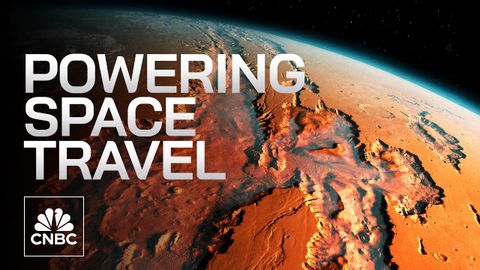日本企業が月で水素を作りたい理由 (Why these Japanese companies want to make hydrogen on the moon)
VoiceTube が 2024 年 08 月 26 日 に投稿  この条件に一致する単語はありません
この条件に一致する単語はありませんUS /əˈprəʊtʃ/
・
UK /ə'prəʊtʃ/
- v.t./i.近づく;話を持ちかける
- n. (c./u.)目的に近づく方法 : 道;交渉しようとして人に近づくこと;取り組み方 : 扱い方
US /aɪˈkɑnɪk/
・
UK /aɪˈkɒnɪk/
US /ɪmˈpruv/
・
UK /ɪm'pru:v/
- n. (c./u.)大きさや格など;うろこ;はかり;音階;規模
- v.t./i.(縮尺比に従って)拡大する : 縮小する;登る;魚のうろこを取る
エネルギーを使用
すべての単語を解除
発音・解説・フィルター機能を解除
